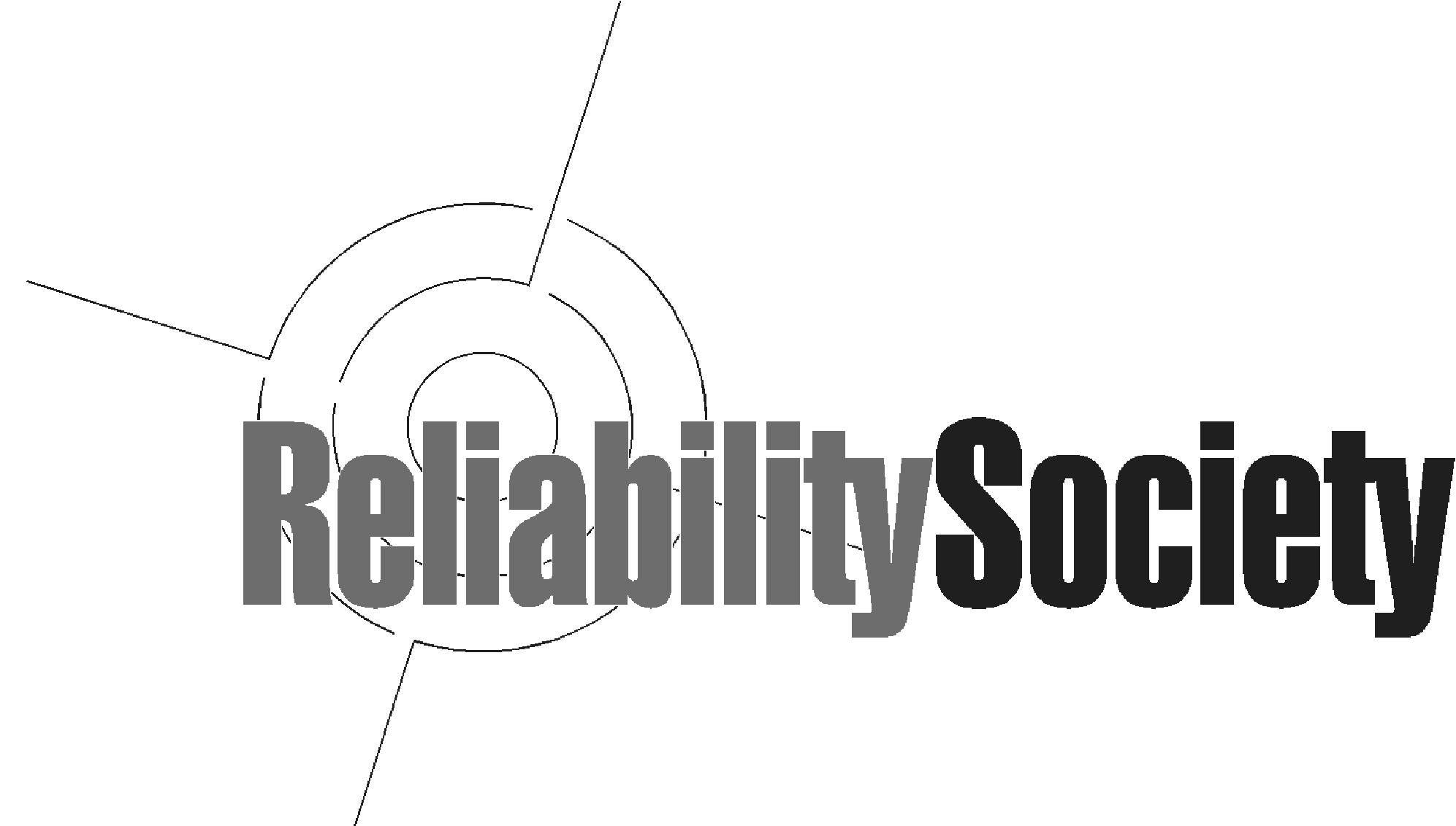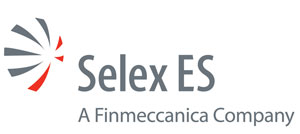November 3-6, 2014
Naples, Italy
Call for Papers - Industry
Industry Track Short Paper Submission: July 31st, 2014 CLOSED
Notification: August 21st, 2014
Industry Track Abstract/Presentation Submission: August 15th, 2014 CLOSED
Notification: September 5th, 2014
Camera Ready: September 19th, 2014 (mandatory only for short papers)
Submission Page: ISSRE2014 Industry EasyChair
Submission
The short paper submission deadline has expired, and no more short papers will be accepted. Only presentations submitted by August 15 will be considered for review.
This year, we have a significant change in what the Industry Program offers. Given the large number of high quality industry papers in the past few years, we have created a new track of "full papers". All accepted papers will be submitted for publication to IEEE Xplore. Read details below:
There are two different alternatives for ISSRE Industry Track submissions, each with a separate submission requirement and due date:
1. July 31: Four-page papers submitted prior to July 15th, 2014 July 31, 2014, will be reviewed within three weeks of submission, and all authors will be notified immediately upon completion of the reviews. Accepted papers will be submitted for publication to IEEE Xplore.
2. August 15: One-page abstracts describing the author’s work are due August 15th, 2014. These abstracts (or papers or presentations, if the author wishes) will be reviewed within three weeks of submission, and all authors will be notified immediately upon completion of the reviews.
Papers, abstracts or presentations should be submitted to ISSRE2014 Industry EasyChair.
If a presentation is accepted, the author(s) are required to submit a PDF presentation for publication in the conference proceedings. The slide set shall contain:
- an industrial challenge or problem definition, and its importance in the industrial setting;
- potential solutions that have been attempted by the author(s);
- analysis, discussion and conclusions of the results, and implications of the findings.
The maximum number of slides in the presentation is 20. Each accepted presentation will be allotted a maximum of ten pages (two slides per page) in the ISSRE 2014 supplemental proceedings.
Our intent is to send reviews and acceptance status to authors as quickly as possible, to allow as much time as possible for industry attendees to make arrangements for travel to Naples.
All high quality submissions will be accepted – there are no limitations on how many papers will be accepted, and no concern for the percentage of papers or abstracts accepted.
The goal is to encourage wide industry participation – in recent years, the ISSRE industry program has expanded and has covered a wide range of topics, including cloud computing, agile development, mobile communications, defect prediction, release management, defect classification, rejuvenation, security, customer experience/satisfaction, availability, social network analysis, big data analysis, and specific reliability concerns of the automotive, aviation, healthcare, telecomm, and other industry sectors.
Submit an abstract or short paper to the ISSRE Industry Track – and see you at the conference in Naples!
Review Process
The abstracts will be reviewed by the Industry Track Program Committee and the selected authors will have a chance to present a talk (20 to 30 minutes) at the ISSRE 2014 conference.
Industry Track Co-chairs:
- Gabriella Carrozza, Selex ES, Italy
- Pete Rotella, Cisco, USA
- Nuno Silva, Critical Software, Portugal
- Juichi Takahashi, Sony, Japan
Industry Track Program Committee members:
- Alberto Avritzer, Siemens
- Francesco Brancati,Resiltech
- Angelo Corsaro, Prismtech
- Marcus Fisher, NASA
- Francesco Flammini, Ansaldo STS
- Wiktor Grodowski, Parasoft
- Vance Hilderman, HighRely
- Kenneth Kvinnesland, DNV
- Maresca Paolo, Amadeus
- Davide Moretti, ESA
- Quentin Ochem, Adacore
- Antonio Pecchia, Critiware
- Giulio Santoli, IBM
- Santonu Sarkar, Infosys Labs
- Salvatore Scervo, SELEX-ES
- Komminist Weldemariam, IBM
The objective of the Industry Track program is to establish an efficient dialogue between software practitioners and software engineering researchers concerning the challenges, findings (both positive and negative), encountered obstacles, and lessons learned on software reliability. Of particular interest is information on applying novel software development, verification and validation practices in diverse lifecycle styles, industry sectors, and software types.
The Industry Track papers and presentations will address the application of software engineering practices (which may include work on principles, techniques, tools, methods, processes) to a specific domain or to the development of a substantial software system. In particular, we are interested in techniques that increase system reliability by preventing, detecting or correcting bugs early during the development lifecycle. Also, we are interested in downstream bug metrics and prediction methods. We would like the Industry papers and presentations to be of interest to software development professionals, as well as to software quality and process improvement groups with concrete relation to industrial application.
Topics of Interest
We seek submissions in the following areas:
Development and V&V: Software failure modes analysis, software defect prediction, use of techniques such as requirements reviews, design reviews, static analysis, code reviews, unit testing, defect classification and root cause analysis, reliability of software produced using various development methods, such as waterfall, agile, pair programming, model driven architectures and formal methods.
Metrics: Defect density, key bug management, reliability improvement achieved with different development and test techniques, measured availability, user perception studies.
Testing: Test automation, log file analysis, automatic test case generation, code coverage, prioritization and targeting of tests, estimating remaining defects and when to stop testing, fault injection testing, model driven testing.
Security and Safety: Attack surface measurement, source code or binary static analysis for security, fuzz testing, predicting vulnerabilities, threat modelling methods and results, safety considerations and proofs of safe operation, dependability assessment techniques.
Release Management: Managing large releases, release readiness criteria, maintenance release strategies, bug and service request query attributes, customer feedback mechanisms, trade-offs between feature velocity and quality.










